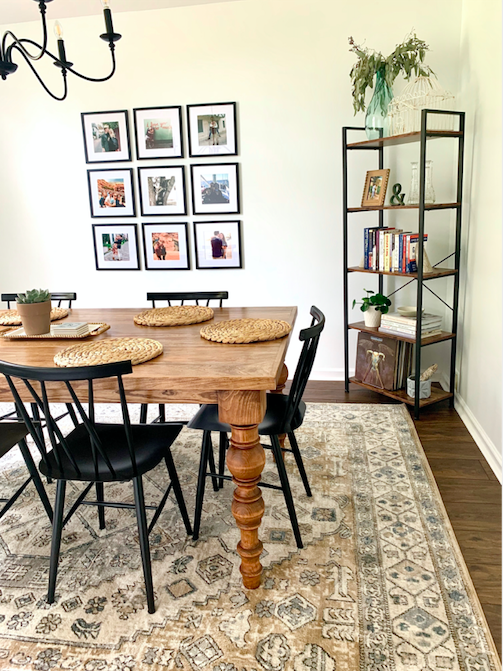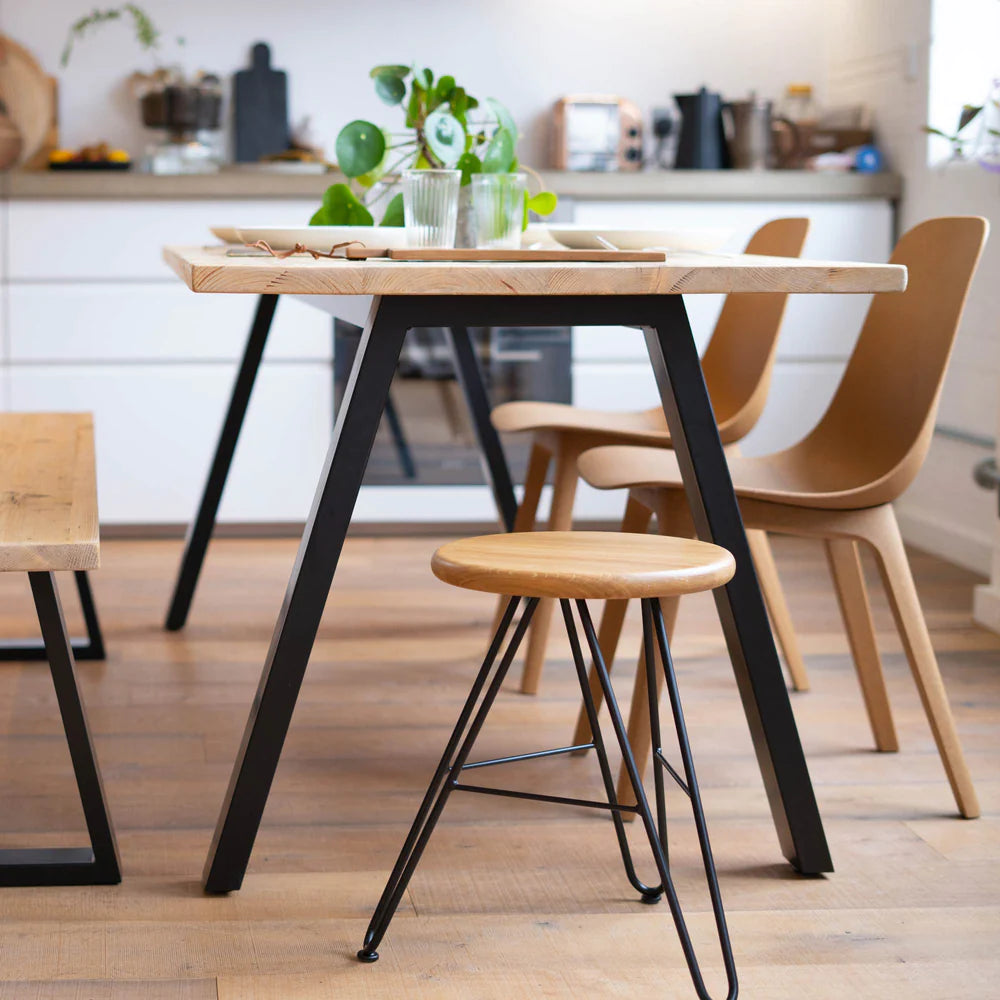Find the Ideal Dining Room Table Legs for Any Interior Design Style
From Traditional to Modern: Locate the Ideal Dining-room Table Legs for Your Style
The choice of eating space table legs plays a critical role in specifying the general personality of your room, linking the gap in between traditional workmanship and modern-day aesthetic appeals. While classic layouts such as cabriole and transformed legs stimulate a sense of ageless class, contemporary styles like hairpin and geometric options present a possibility for striking visual passion. Examining the right equilibrium in between these designs needs a nuanced understanding of your existing decoration and personal preference. As you think about these aspects, the question remains: just how can you effortlessly integrate these diverse leg styles to produce a harmonious dining experience?
Comprehending Table Leg Styles
The range of dining room table leg designs can considerably affect both the aesthetic appeals and functionality of the space. Each leg style adds special practical attributes and aesthetic elements, accommodating varied style preferences and usage requirements. Comprehending these styles is essential for selecting the ideal table that lines up with your total interior design vision.
As an example, conical legs supply a tidy, classic appearance that can enhance a space's style, while pedestal bases offer stability and make best use of legroom, making them suitable for smaller sized rooms. Hairpin legs, a hallmark of mid-century modern style, introduce a commercial panache, enabling an airy, open feel. Likewise, trestle legs stimulate rustic charm, giving robust assistance and a sense of eternity.
Wooden legs can bring heat and texture, whereas steel choices often share a streamlined, modern ambiance. Eventually, comprehending table leg styles is vital for developing a natural eating location that reflects personal design while making sure usefulness and convenience.
Conventional Table Leg Options
When picking dining area table legs, traditional options frequently personify ageless style and craftsmanship. These designs mirror a rich heritage and a dedication to quality, making them perfect for those who appreciate classic aesthetic appeals.
Among one of the most iconic typical leg styles is the cabriole leg, identified by its graceful curved form. This design typically includes attractive carvings and is most typically discovered in Queen Anne and Chippendale furniture. One more popular alternative is the transformed leg, which boasts a series of smooth, rounded forms that offer a traditional look while preserving security.
Furthermore, the straight leg, while simple, offers a sturdy and basic framework that can mix seamlessly with a variety of tabletop designs. For those attracted to ornate describing, claw-and-ball feet legs stimulate a sense of magnificence and can act as a spectacular prime focus in any kind of dining area.
Last but not least, stand bases, although not strictly legs, provide an alternative conventional choice that allows for adequate legroom and can be magnificently sculpted. Each of these traditional leg designs adds to the total ambiance of a dining-room, weding feature with visual allure.

Modern Table Leg Designs
Modern table leg layouts supply a varied range of designs that emphasize tidy click here to read lines and ingenious materials. These designs usually prioritize capability while functioning as striking focal factors within a dining area. Minimalist appearances prevail, with legs crafted from products such as metal, glass, and crafted wood, which add to a contemporary and airy feeling.
One popular design is the barrette leg, identified by its slim, conical structure that supplies stability without overwhelming the tabletop (dining room table legs). This design is usually found in mid-century modern-day furniture and can easily complement various dining table shapes. An additional pattern is using geometric shapes, where legs may handle asymmetrical or angular types, including visual passion and a touch of creativity

Mixing Designs for Unique Areas
Frequently, property owners seek to produce one-of-a-kind dining areas that reflect their personal style by mixing numerous layout elements. This method enables for the consolidation of varied looks, leading to an unified yet distinct setting. Matching a rustic wood table with sleek, modern steel legs can develop an appealing comparison that boosts the space's overall charm.
Additionally, integrating vintage table legs with modern table tops can evoke a sense of background while preserving a modern sensibility. Such combinations not only display private preference yet likewise urge creativity, enabling property owners to curate an area that feels both personal and welcoming.
Shade plays an important function in this blending procedure; choosing table legs that complement or comparison with the existing color pattern can improve visual interest. Whitewashed legs can soften the daring of a dark table surface, developing a balanced visual.
Tips for Selecting the Right Legs
Choosing Click This Link the right table legs is vital for achieving both functionality and aesthetic charm in your dining space. Begin by thinking about the total style of your room. Typical settings gain from legs that include intricate makings or turned designs, while modern rooms might ask for smooth, minimal styles.
Next, evaluate the elevation and security of the legs. dining room table legs. Standard dining tables vary between 28 to 30 inches in elevation, so ensure the legs enhance this measurement for comfort. In addition, robust products, such as wood or steel, can improve stability and long life
Review the leg shape too-- alternatives consist of directly, tapered, or stand layouts. Straight legs use a classic look, while tapered legs can add a touch of style. Pedestal bases offer enough legroom and are suitable for smaller sized rooms.
Final Thought
In summary, picking the suitable dining room table legs calls for mindful factor to consider of both contemporary and conventional styles. Typical see alternatives such as cabriole and turned legs offer ageless style, while contemporary styles like hairpin and geometric forms provide a contemporary touch. By balancing leg style, height, and material with the overall décor, a natural and inviting environment can be achieved. Ultimately, the selected table legs need to mirror the wanted visual, boosting the dining experience within the room.
The selection of eating room table leg styles can substantially affect both the aesthetics and performance of the room. Eventually, comprehending table leg designs is important for producing a cohesive dining area that shows individual design while ensuring usefulness and convenience.One of the most iconic traditional leg styles is the cabriole leg, identified by its elegant rounded form. Straight legs provide a timeless look, while conical legs can include a touch of beauty.In recap, selecting the optimal dining space table legs needs mindful factor to consider of both standard and modern styles.